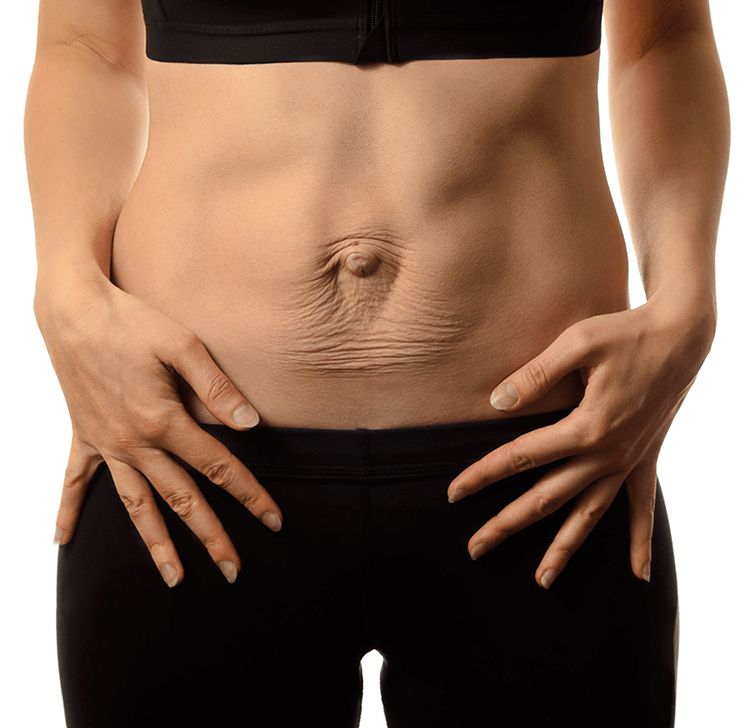Overview
Hernias form at a tear in the strength layer of the abdominal wall, called fascia. Fascia gives structural support to the muscles and when it is torn, the muscles retreat to where there is fascial support, leaving behind a weakness where a bulge or hernia sac can develop. Damaged or torn fascia requires surgery. Hernias get larger with time, and if left untreated, can entrap internal fat or even parts of your intestine. If the intestine is trapped in the hernia sac, it is called incarceration and requires immediate evaluation at the emergency room. The reason for this is that incarcerated bowels can result in a cut-off blood supply leading to intestinal strangulation, which means the tissue is ischemic or non-viable. Both incarceration and strangulation are indications for emergency surgery. We recommend elective hernia repair for this reason, whenever possible.
Proliance general surgeons can help with a wide variety of hernia conditions:
Epigastric (Upper Abdominal) Hernia
Located in the area below the mid-rib cage to above the belly button, these hernias are usually small and fat-containing but can enlarge with time. They can be due to a weakness of the midline abdominal tissue from weight gain or after pregnancy from severe stretching of the tissues of the abdominal wall.
Incisional Hernia
Specific to break-down of healed tissue at the area of a surgical incision, the incisional hernia size can be correlated to the size of the surgical scar. The larger the surgical incision, the greater the chance for involvement of intestine protruding out of the abdominal cavity and being present under the scar area. The greatest correlating factor for incisional hernia is weight gain after surgery, although strenuous activity soon after surgery could also contribute.
Inguinal (Groin) Hernia
The groin hernia is due to a weak area of the lower abdomen on either side of the pubic bone. Some individuals first notice pain in the groin area as the first sign of a small hernia, but others noticed a visible bulge or sensation of tissue pushing out, especially after lifting or straining. Groin hernias when small, are often fat containing but when larger, they can contain intestine and be more painful.
Umbilical Hernia
One of the most common hernias, where there is usually a small defect of the abdominal wall at the belly button, that allows usually fatty tissue to protrude under the skin and causes the appearance of an “outie”. If fatty tissue moves aside, even intestine can protrude out of these small defects and cause pain. They can be due to weight gain, heavy lifting and stretching of the abdominal wall due to pregnancy.
Providers

Carol J. Cornejo, MD

Justin P. Olsen, MD

Helen H. Kim, MD
Locations
Proliance Eastside Surgical Specialists
1231 116th Ave NE Suite 930
Bellevue, WA 98004-3804
coordinates
Proliance Edmonds Center for Outpatient Surgery
7320 216th Street SW Suite 140
Edmonds, WA 98026-8006
coordinates
Proliance Surgical Specialists of Edmonds
7320 216th Street SW Suite 20
Edmonds, WA 98026-7610





